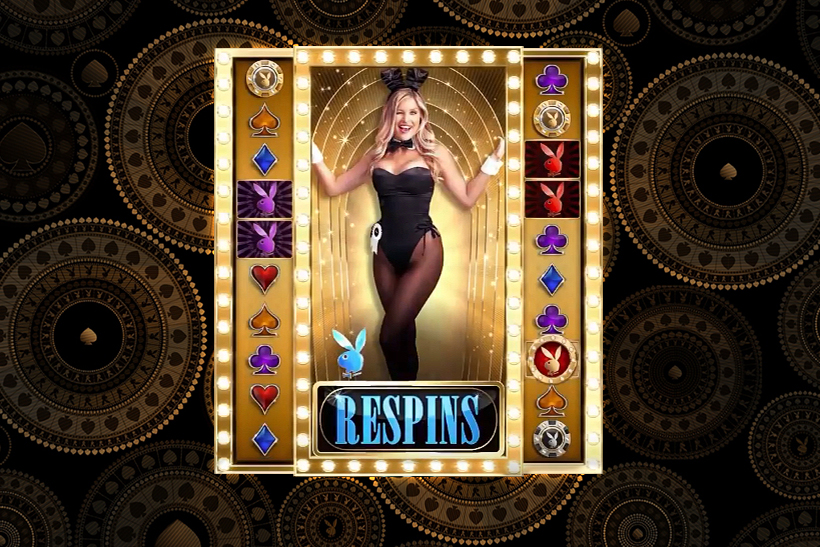The Mathematical Superiority of Slots, Dispersion and Volatility
It’s time to stop guessing and witchcrafting and work with the usual math, according to which to evaluate the behavior and arrangement of various slots.
I advise everyone to read this article carefully. By the way, I already wrote more than once that NetNet and Microgaming are now the number one producers of software –and there is a reason for this! The average RTP of their slots is MUCH higher than in the same slots at Playtech and Novomatic. In the case of NetEnt and Microgaming, this indicator is almost always higher than 96%, but in Novomatic and Playtech the rgular figure is 94%.
The chances of winning at a long distance in the slots are called by the developers“The return to player rate” or just RTP.
Usually it looks like this: expected return (RTP) 95%. In other words, it can be called “the advantage of the casino is 5%”.
Both concepts mean the same, but vice versa. In the first case, it means that at a long distance the player will get a return of 95% of all his bets. And in the second case we are talking about the fact that the casino earns 5% from each of your bets at a long distance as well.
Let’s look at the example: at long distance for each coin you bet (dollar, ruble, euro, etc.) slot must give you back the 0.95 from value of coin, dollar, etc.
Of course, if it were as simple as in the example, it would not be a game in the casino with a chance to win or risk losing, but just a fee of 5% for each spin. That’s why the RTP designed by the developer is aligned to the ideal only at a distance of millions of spins, and changes higher or lower permanently. For example, when at a bet of $1 you win $1.90, you not only take your 95 planned mathematically cents, but 95 cents of another player as well.
In a simple way, this sounds like this: a casino will earn 5 cents from every dollar of a slot machine. Sometimes slots give out very large winnings, and the casino is not in profit, but on a very long distance the math wins.
Play slots with a high return rate ratio (RTP)
If you’ll think a little, it will not be difficult to guess that you only need to play in slots with a high RTP.
In general, all slots with RTP 95% and higher are suitable for the game. 96-98% RTP slots are much better, but slots wit RTP below 90% are garbage, not worthy of your attention. Slots with RTP 90% and below are so greedy that they would figuratively make their own mother pay for a glass of water in her home.
A higher RTP does not mean that the slot will give you winnings all the time. Equally important is the “dispersion”.
Slot with RTP of 97%, but at the same time with a low dispersion level will give you low-sized winnings quite often. At the same time, the machine with the RTP of 94%, but highly dispersive can turn on the eater mode for a long time, and then pour from the heart for your suffering so much that your jaw will drop.
What is the volatility of the slot? Dispersion of the slot?
Dispersion and volatility actually have the same meaning: how risky is this slot?
In general, the dispersion of the slot directly determines how much risky is the game. High dispersion – risky, low dispersion – little risky.
Not many casino software developers like to publish such information. Sometimes it is available, but more often it is hidden. Depending on the type and nature of the player, you may be more attracted to one kind of slots than the other.
There is no right answer on the question of which slots to choose. One time you will like some fresh slot, but its dispersion will not be exactly what you expected.
Most often, you need to press the SPIN button many times to understand if this slot is yours or not, it’s interesting and fun to play or not?
When is it worth playing low dispersion slots?
Slots with low dispersion are mainly created for entertainment. They often pour small winnings, they are bright and colorful. But what they will not do is giving you a huge winning, over 400x.
You must play in such slots under the following conditions:
- You just want to have fun;
- You don’t have a large sum of money (bankroll);
- You want the game to last as long as possible;
- You want to play a little time and don’t go away with empty pockets;
- You need a lot of different in-game bonuses and entertainment stuff. Entertain me, slot!
Of course, not all low dispersion slots always pay a little, there are slots with progressive jackpots, as well as those that can multiply your bet by 80-100 times. Low dispersion slots are low risk because your budget for the game will last for a very long time, and if something will happen you will go with a win of 20% of your starting balance.
For beginners and for those who are just looking for entertainment I recommend low dispersion slots.
When is it worth playing in high dispersion slots?
Slots with high dispersion are huge at winnings. Well, you know. This moment, when you see a line of peasants-adventurers or a huge multiplier, free spin with stacked wilds, and maybe an instant cash prize – the screen explodes with the words BIG WIN! MEGA BIG WIN! And you start jumping up out of joy, screaming as a psycho loudly, waking up your neighbors, who need to get up for work in 3 hours.
But! Be careful – these slots are full of dangers.
You must play in such slots under the following conditions:
- You have a lot of extra money;
- You choose this way: either a big win x500+ or nothing;
- It’s easy for you to stop playing after you lose your budget;
- You don’t mind that nothing happens. You are ready to wait long for the bonus game, keeping in mind that when it comes, you will be the happiest son of a bitch on earth.
There is no doubt that playing highly dispersive slots you will leave the table with empty pockets, or multiply your original balance by several times.
The only possible strategy is to keep your bets in range from 150 to 300, when you play highly dispersive slots. That is, if you play Gonzo’s Quest, for example, with a balance of 300 euros, your bet should be a maximum of 1-1.5 euros.
How can I find out the level of slot’s dispersion?
There is a new section with the reviews of slots and software developers on the website, where I will add information about each slot, including its RTP and variability (volatility).
Here is a sample survey on the slots from NetEnt.
If the developer did not publish such information, then the only way is to play slot that interests you.
If this answer does not please you, there is one more trick helping to know the dispersion of the slot.
This is not a 100% option, but it will help to roughly estimate the level of volatility of a slot. Much depends on how many characters are there in the slot, how many lines, reels. Is there a progressive jackpot in the game or not.
First, just look at the paytable
First, if there is “Win hundreds of millions of coins” written on the slot, it means that the slot is at least of average variance, and most likely – of high.
The higher the maximum win, the greater the chance that the slot will hurt you and consume money before you pay back something decent.
Secondly, look at the difference in the payout between the 4 symbols that form the line and the 5-th symbol. If the difference is 3 to 5 times, then, most likely, this is a low dispersion slot. And if the difference is from 10 to 15 times – this is exactly a highly dispersive machine.




